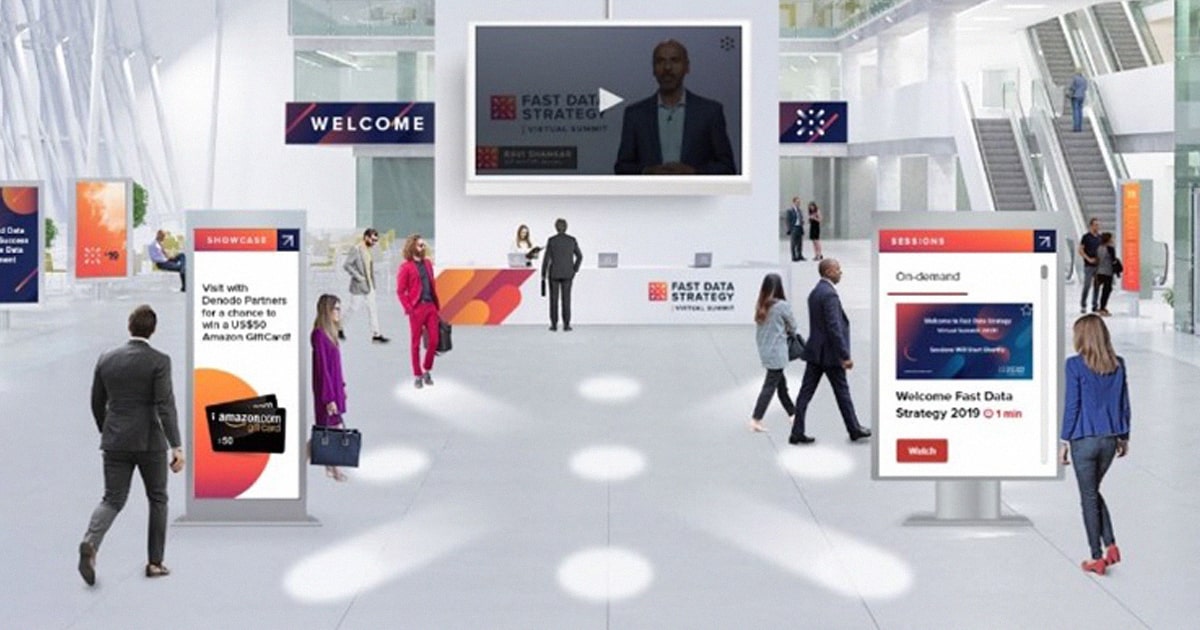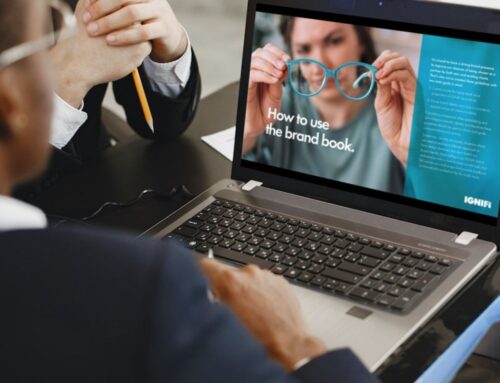
With current guidance telling us to stay apart and a huge degree of uncertainty as to the future of in-person events, creating and participating in engaging digital events is a crucial consideration for healthcare organisations and professionals as we move in to 2021.
The global pandemic has brought a variety of changes to the way we live, work, and interact. These changes were felt significantly in the events industry, which changed swiftly in 2020 with the demise of physical in-person events. This left a huge gap in healthcare communications for:
- Showcasing new products
- Announcing new scientific breakthroughs
- Connecting customers and providers
- Engaging with peers
- Learning from thought leaders
- Building key strategic relationships
This gap created the rapid growth of virtual events over the last year, with the adoption of new technologies, platforms, and formats. As with any big industry change, this brings challenges and the experiences of those attending virtual events have varied greatly. The IGNIFI team have seen first-hand from working alongside our clients, the questions that can arise when working with digital events. This has allowed our team to gain insight into the best ways to get the most out of virtual healthcare events, specifically virtual conferences.
Virtual congresses, conferences, and webinars – what is the difference?
With the growth of virtual events comes the variety in the format in which they are held. For IGNIFI, the most popular virtual events we have encountered for our healthcare clients have been virtual conferences and congresses.
A virtual conference or congress is a live event, built around a more complex agenda to replicate that of an in-person event. This often involves multiple sessions, speakers and breakouts, with lots of community engagement. A higher cost investment is usually involved with this type of event in comparison to other virtual events such as webinars.
From our experience webinars tend to be more of a standalone, or short series of sessions used as educational tools. Webinars often run as an on-demand type of event, rather than the live, real time experience offered by virtual conferences. They do however, when operating in a live format, sometimes offer elements of real time engagement. The most commonly used approach is through giving participants the chance to take part in a live question time with the speaker following the webinar session.

Virtual conferences: fundamentals and considerations
In-person events often draw in attendees to a unique location with the attraction of face-to-face networking, whereas a virtual conference must rely on content. The term “content is king” has never been so accurate when it comes to this sort of event. However great content must be supported by technology that allows engagement and networking alongside, to create the feeling of a live real time event.
The ability to collect data from your conference is a critical factor in proving the value of the event and whether it was a success. Measuring engagement and capturing attendee data for your event or stand is the only way that you can prove the ROI of the event and understand more about your audience and engagements. For many of our clients in 2020, obtaining this data has proved a challenge, therefore it is crucial to outline both your event objectives and the data that you require from the very start of the planning process.
While restrictions may have forced our hand into adopting these practices, virtual conferences do have some advantages over in-person events. The biggest advantage in our opinion, is the added flexibility that they provide. Digital platforms widen the reach of an event to a global audience because there are no geographical limitations and with many events being made available to watch on demand afterwards – the timing of the event doesn’t have to be a barrier either.
For the attendees, this can provide a more cost and time effective way to attend events and network. For event organisers, it creates the potential to widen your audience on a global scale.

Virtual Conferences 10 Top Tips
Using our own experience of working with healthcare clients on virtual conferences over the last year we have put together what we feel are the top tips to help you get the most out of a virtual event:
1. Think digitally
In the same way as planning an in-person congress, consideration is needed as to what hosts and delegates are hoping to get from the event, and how this can be achieved through digital touchpoints. Mix up the agenda, the format of content, or use breakout rooms to encourage collaboration and interaction.
2. Allow enough time to plan the experience
Treat the virtual event with the same seriousness you would do a physical event and plan the customer journey early.
This should always be customer centric, from promotion of the event, registration, booth design and the overall event experience. Think about welcome videos, 360 demos, chat forums and stand manning, measurement of KPIs and follow up on requests for information or surveys. Practically, make sure you check with your congress host and liaise with your platform provider as early as possible so you or your agency understand capabilities, analytics, and engagement as soon as possible.
3. Don’t rely solely on gamification
Gamification is a popular technique and a great way to draw delegates to your area within a virtual conference, but it only hits a few buttons. Consider how delegates can continue to gain rewards beyond the game, with things like earning points as they move around your event, share tips or connect with others – don’t limit the competition.
4. Don’t assume delegates will visit, even if they’re registered
Build energy and momentum prior to the event with invites, reminders and notifications every couple of days to advertise and remind them about what’s happening, whilst setting the expectation that the event will be a great one.
5. Don’t just repurpose old content
Ensure you have plenty of time to plan and develop content. This will allow you to think about what will deliver an engaging, rich experience for delegates. Re-purposing old content because it’s already approved is not the best strategy. Remember when it comes to digital events, content is THE event.
6. Make it social
Ensure there are dedicated spaces for focused discussions and plan how you are going to utilise the space you’re in. Treat it like a social media platform and make sure people know exactly how they can use the space to network and build new and existing relationships.
7. Combine great speakers with a great platform
Understand the features available to you on the platform your virtual conference is being hosted on. Create a connection between speakers and their audience with tools like polls, Q&A, chat and applause or use breakout rooms for more focused discussions.
8. Don’t ignore the Netflix effect
The expectation with digital events is that users want to consume content when and how they want to. Make sure content is available after the event via an on-demand section of the event or on your own microsites.
9. Learn from analytics
Firstly, understand what analytics are available to you from the virtual conference platform. Then understand what success looks like for your industry, therapy area or organisation. Use direct measurements like number of posts, likes, downloads, view duration or indirect measurements like drop off rates to benchmark your event and apply your learnings to the next one.
10. Don’t let the conversation stop there
Don’t think the discussion ends because the virtual event is over. Use tools like Veeva, MailChimp and Survey Monkey to keep the conversation going and send out content to view after the event such as feedback surveys, CPD certificates and invites to future events.

Summary
Face to face events will return eventually but the event landscape has been changed forever and the value and benefits of digital events are apparent. It is too early to say when this return may be, and also exactly what healthcare events will look like in the future, but we imagine this will be a physical – virtual hybrid model. As a result, virtual events are still going to be an essential part of your communications capabilities in 2021.
However, after a year of adapting to a more virtual way of working, audiences are now considerably more value conscious in terms of their attendance at events. Due to “Zoom fatigue” people expect greater quality content, networking, and entertainment in return for their time. Therefore, there has never been a greater need to plan and execute correctly to get the best possible engagement and results from a virtual event.
To find out how the IGNIFI team can support you with planning for a virtual conference of event, please get in touch.








